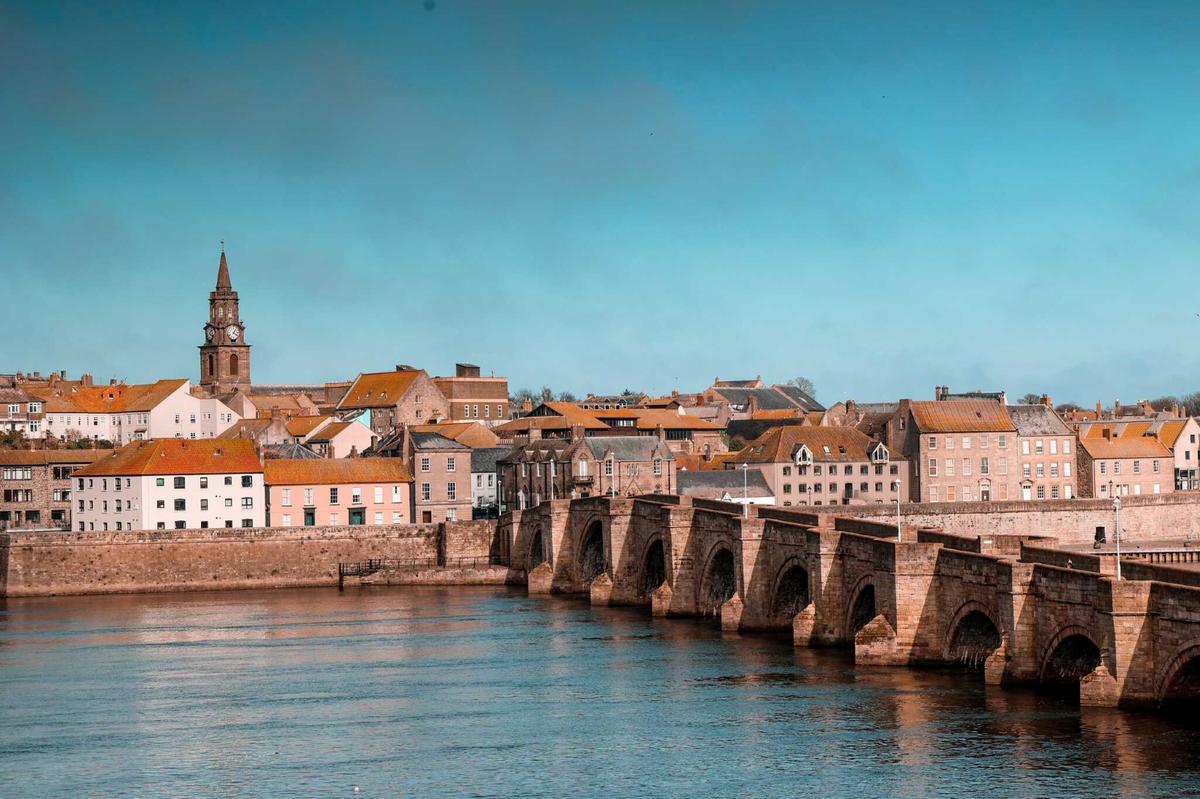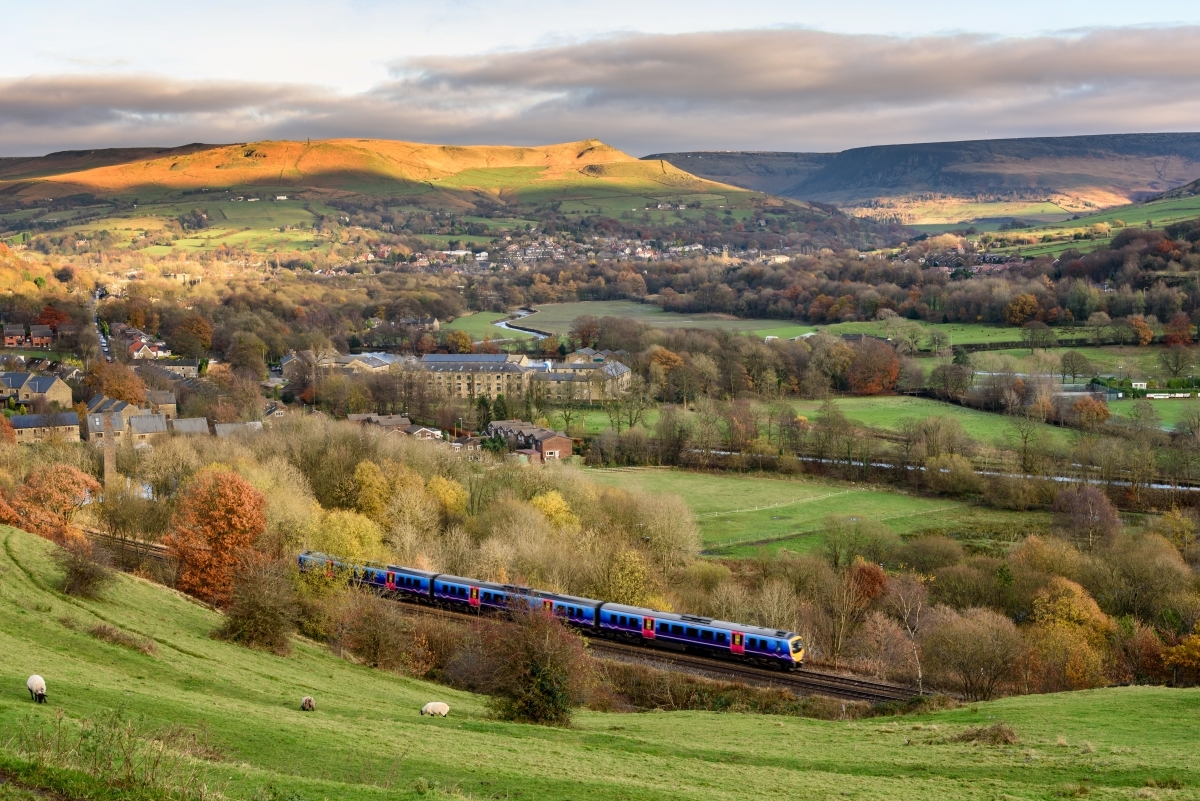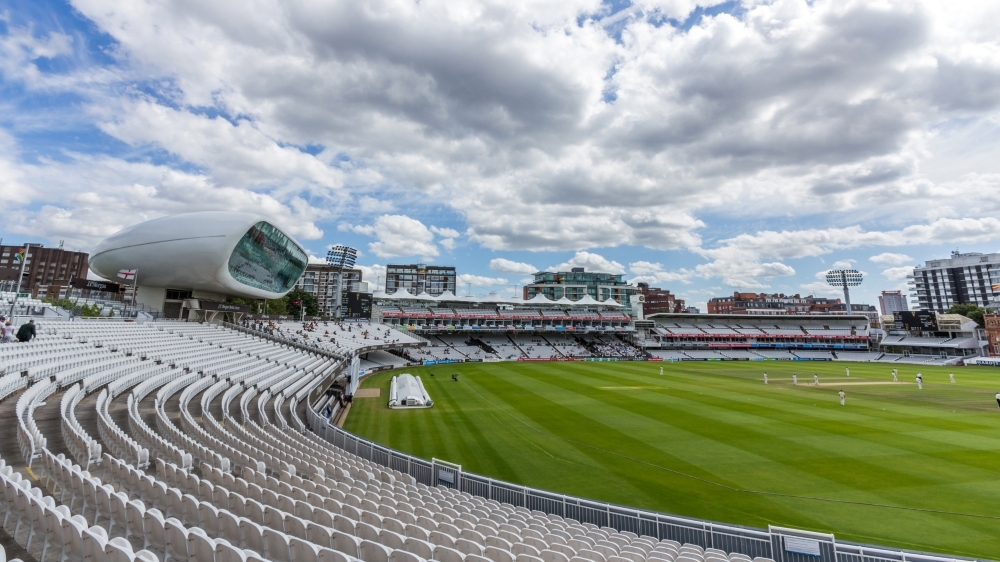The Best Market Towns in England
What is England’s best-kept secret? Charming bucolic towns abound in fresh produce, unearthly castles, immodest verdure, and comely cafes. Filled with whispers of an enigmatic history and the colours of a vibrant community, a spring getaway to an English market town is more than just a local shopping spree – it is a soulful sojourn through an idyllic paradise, an avenue to much-needed respite. Read on to discover the best market towns in England.


1. Berwick-upon-Tweed, Northumberland
A small town at the northernmost tip of England, Berwick-upon-Tweed is full of hidden gems and unexplored wonders. From mediaeval alleyways to secret courtyards, shingled beaches, and mystifying ruins, the town is full of intrigue.
An in-depth expedition around the town can entail walking along the Elizabeth Walls and then crossing the River Tweed to Spittal Beach. The Northumberland Coastal Path here leads to a mesmerising mountain biking route called the Sandstone Way. A southward detour will take eager explorers to Cocklawburn Beach, dotted with rock pools and green dunes.
The main town hosts countless traditional pubs and eateries. Berwick Street is the main shopping district, lined with cafes, bars, independent shops, souvenir joints, and galleries. Renowned Berwick-upon-Tweed attractions harbour around this region, which include the namesake castle, barracks, bridge, and museum.
Also Read: Best Places to Stay in London with Family
2. Saffron Walden, Essex
A lively mediaeval market town in north-west Essex, pastel-hued cottages, historic buildings, and fair cafes pepper the townscape.
A great starting point in a Saffron Walden tour is Essex’s largest parish church, St. Mary’s Church, which resides in the heart of this town. From here, visitors can trek to the famous mediaeval building at Myddylton Place, the Saffron Walden Museum, and the ruins of the 12th-century Castle Keep.
The Bridge End Garden is located in the north and showcases Victorian gardening in all its glory. To the east lies the Common, a seemingly unending bed of immodest foliage, thereby known as England’s “largest surviving turf labyrinth.” In the city centre, the free Fry Art Gallery celebrates works by Eric Ravilious, John Aldridge, and Grayson Perry.
A market has been held in Saffron Walden since 1141, and the tradition persists to this day. Every Tuesday and Saturday, shoppers can indulge in a frenzied spree at the various stalls, selling artisanal goods, horticultural goods, and local produce. Historical pubs such as the 16th-century “The Cricketers” and ethnic restaurants such as “Bangkok Thai Restaurant” and “Bella Bella” are exceptional pit stops during the intensive retail therapy sessions.
Also Read: Best Places to Stay in the UK for Families
3. Ludlow, Shropshire
Ludlow is a historic market town known for its raw beauty, architectural enchantment, and buzzing community. Ludlow Castle is the town’s crown jewel – perched on a cliff overlooking the River Teme and enveloped by the Shropshire countryside, the imposing mediaeval fortress is woefully underappreciated. Another fascinating nook of Ludlow is its 11th-century city centre, which bears traces of a mystical past, be it in the cobbled streets or the Tudor-styled half-timber buildings. Laurence's Church, a place of worship built by the Normans who
founded the city, is adorned with quintessential mediaeval flourishes, such as baroque choir stalls and countless misericords. Notwithstanding its historical allure, Ludlow boasts marvellous gastronomy and quality ales. Proud of its flavoursome spread, it is the site of the annual autumnal Ludlow Food and Drink Festival. Its city centre is brimming with independent shops and old family businesses, abounding with local wares such as clothing, crafts, gifts, antiques, art, books, and other specialist products.
Also Read: The Best Places to Live in Wales
4. Harrogate, Yorkshire
Dwelling in the north of Yorkshire, Harrogate embodies old-world quietude colliding with modern-day glitz. Starting with the Ripley Castle, a 14th-century manor house lying to the north of Harrogate, visitors may dive deep into mediaeval community life, revel in the handsome deer parks, and bask in the ripe orchards and herb gardens.
The Royal Pump Room Museum, which used to be a spa water pump house; the RHS Garden Harlow Carr, a landscaping wonder hosting various tearooms; and the 19th-century Valley Gardens, a 17-acre park built to commemorate Queen Victoria’s Golden Jubilee, are famous tourist attractions in Harrogate.
The Harrogate Farmers Market is held every second Thursday of every month. Fresh produce, artisanal and organic goods, and handcrafted wares spill over onto every crevice of the main street. Vendors and farmers are known for being extremely sociable, and a simple shopping spree could suddenly turn into a heartfelt tête-à-tête or even an educational excursion.
Also Read: Best Places to Live in Suffolk
5. Moreton-in-Marsh, Gloucestershire
A remnant of simpler times, Moreton-in-Marsh is one of Cotswolds Hill's principle market towns. This town offers raw glimpses of daily life in mediaeval England. For instance, the 16th-century Curfew Tower, with its stone facade and gabled turret, is the town’s oldest public building – it used to sound bells at night all the way until 1860 as a danger signal. The St. David parish church is a simple mediaeval chapel, largely unchanged since the 1850s.
Moreton-in-Marsh was granted its market charter in 1227, and its wide high streets have been hosting weekly markets ever since. Amidst the several unchanged 17th and 18th century buildings are over 200 stalls selling truly one-of-a-kind antiques and delectable eats. Additionally, there are small yet time-honoured pubs cramming the locale.
Also Read: Best Areas to Live in Edinburgh
6. Henley-on-Thames, Oxfordshire
Tucked away in Oxfordshire, Henley-on-Thames is bounded by the munificent Chiltern landscape and acres of immodestly green fields. Built in the 12th century along the banks of the River Thames, it takes pride in being known as one of England’s most beautiful market towns.
The ornate, 1000-year-old St Mary’s Church, the River and Rowing Museum, and the 18th-century Henley Distillery (known for handcrafted local spirits) are prime tourist attractions at Henley-on-Thames. Friday Street is awash with authentic Victorian buildings, highly redolent of old-world regality. A town of rowing enthusiasts, the place proudly hosts the annual Royal Regatta competition.
The main market square is perennially buzzing, owing to crowded pubs, restaurants, and cafes. Picturesque boutiques selling handmade wares also dot the pavement. On the second Saturday or fourth Thursday of every month, Henley has its Farmers Market.
Also Read: Safest Place to Live in Essex
7. Downham Market, Norfolk
Ensconced on the banks of the River Great Ouse is Norfolk’s oldest market town, Downham. Owing to its old carrstone buildings, Downham Market is known as the “Gingerbread Town.”. Having weathered countless tumultuous political events, history buffs are in for a treat at Downham. There’s the 1816 Crown Hotel, which was the site of the “Bread Riots,” in which hungry agricultural labourers kept the local Justices of Peace imprisoned; the Swan Inn, where King Charles I hid from the Parliamentary forces after the Naseby battle; the Priory, the oldest building in Downham, built in the 17th century; and the Church of St Edmund's, which was built in the 1500s by the Normans.
Every Friday or Saturday, the high street, pivoted by the famous white and black clock tower, is full of stalls selling carpets, clothes, antiques, and local produce. The trendy cafes and supermarkets add a touch of modernity to this charming rustic retreat.
Also Read: Top Places to Live in Hertfordshire
8. Ashbourne, Peak District and Derbyshire
Meandering cobble-stoned pathways and magnificent Georgian and Tudor architecture characterise the unique charm of Ashbourne. It is also known as “The Gateway to Dovedale.”
A visual spectacle, Ashbourne is home to over 200 listed buildings, including inns, Georgian townhouses, and historic almshouses. Every nook and cranny of this town sings history – the treasure trove of heritage sites include the Grade I-listed Grammar School; St. Oswald's Parish Church, whose spire has been described as the "finest single spire in England" by writer George Eliot; the sensational 17th century mansion; and the longest inn sign in the world, belonging to the 18th century Green Man Hotel.
The weekly open-air market sells fresh local produce, with the fragrance of Ashbourne gingerbread imbuing the air. The main street is also lined with countless family-run small businesses selling clothes, home decor, and artisanal goods.
Also Read: Good Areas to Live in Bristol
9. Sherborne, Dorset
Sherborne is a scenic and unassuming market town, residing in south-west England. Sherborne is home to two castles – the Sherborne Old Castle, a 12th-century ruin, and the 17th-century Sherborne Castle and Gardens, a hunting lodge built by Sir Walter Raleigh. The Sherborne Museum, the 15th-century almshouse, and the exquisite 15th-century abbey conjure the enrapturing air of mediaeval imperial valour.
The monthly Sherborne market brings together over 200 stalls at the Pageant Gardens, featuring the best local artisans, craftsmen, and food producers. From home-baked muffins to handcrafted jewellery and organic scented candles, the Sherborne market is designed to delight.
England’s market towns are not just spring shopping havens – they harbour profound tales of history, a strong sense of community, and an unmatched atmosphere of tranquility. Truly distinguished destinations in their own right, it’s time to take off to a quaint market town and reset.



